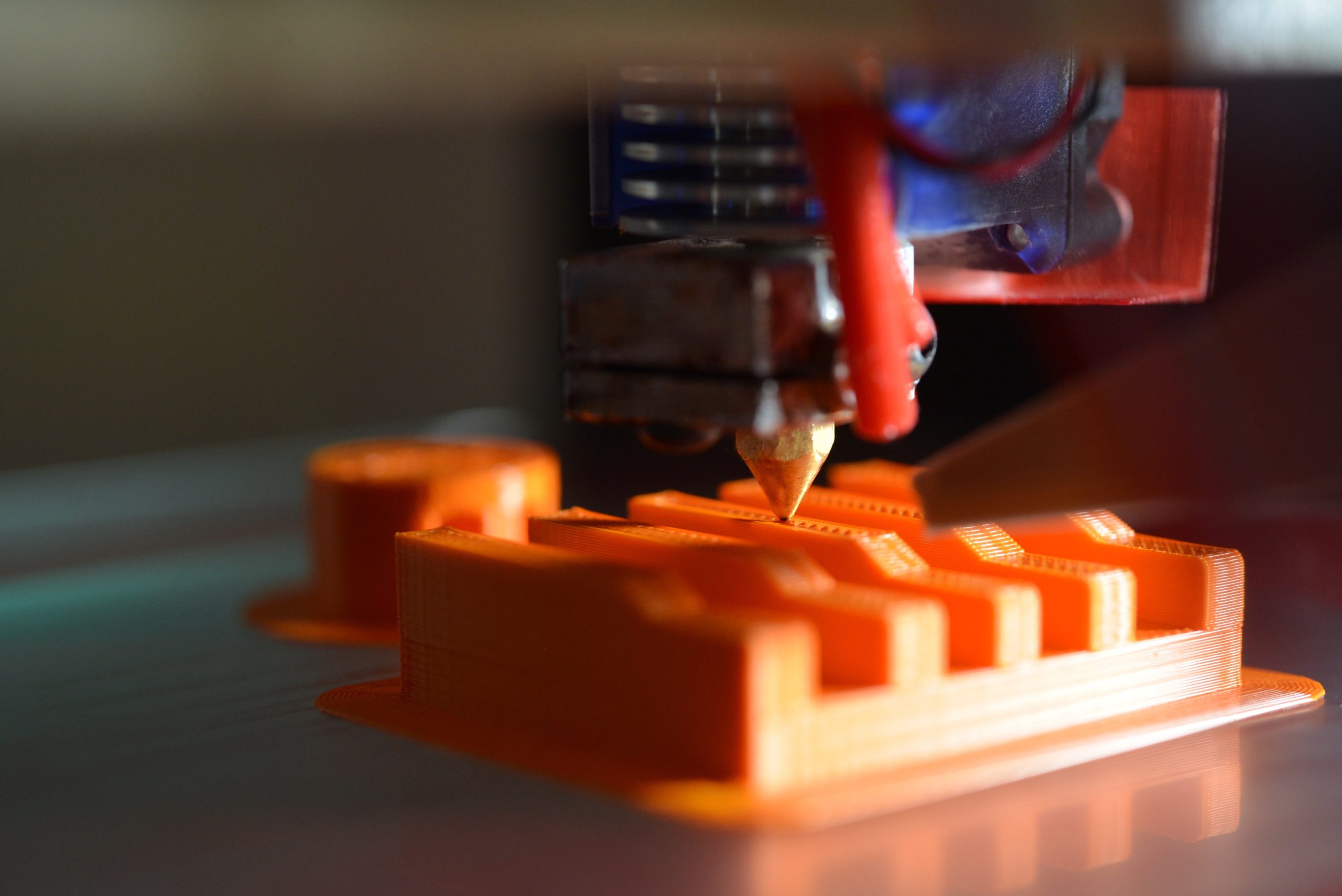How 3D Printing is Shaking Up the Entertainment Industry

3D printing is one of the hottest and fastest technologies out there right now, and it’s rapidly being adopted into a growing number of industries. In fact, 3D printing has started to make its mark in the entertainment sector, with the worlds of film and television using it for model building, prop making, and more. In this article, we’ll be discussing how 3D printing is disrupting traditional manufacturing methods in these areas.
Entertainment in an Increasingly Digital World
Now, more than ever before, we turn to the internet when we’re bored or looking for something to do. Social media, gaming, online gambling, and other forms of digital entertainment are bigger than they’ve ever been. Online gambling in particular is seeing massive growth, with more people looking to play online blackjack games, roulette, or poker all the time.
In such a competitive marketplace, more traditional forms of media and entertainment, like film and television, are forced to innovate in order to keep up. Not only do they have to present more novel or original ideas to consumers, but keeping production costs down is increasingly becoming a priority.
3D Printing: The Lowdown
3D printing is bigger and more accessible than it’s ever been. We’re now at the stage where 3D printers are affordable enough for the average household to afford, and they’re being used in a growing range of applications and industries.
Because of its newfound popularity, people tend to think of 3D printing as a relatively recent technology. This is not the case, though; in fact, the first-ever 3D printer was built by Charles W. Hull way back in the mid-80s!
A number of technologies and techniques can be used with 3D printers. Perhaps the most widely used type of 3D printing is called fused deposition modeling – it sounds complicated, but essentially involves the printer using layers upon layers of melted material to build its final product, based on whatever blueprint it has been provided with.
Stereolithography is also relatively common. It utilizes a UV laser and a special type of polymer, which solidifies wherever UV light is shined on it. This, over time, allows the 3D printer to construct whatever you tell it to. Naturally, this process is different from conventional printing, but to the observer, it looks quite similar.
We predict that, in 2023, 3D printing is going to be one of the biggest overall trends in tech. Once a niche technology that was mainly used for constructing prototypes and models, 3D printing has found a foothold in a surprisingly diverse range of industries, including manufacturing, the medical field, the aerospace and defense spheres, and more.
How is 3D Printing Used in the Film and Entertainment Industries
Given the rapid growth of 3D printing, it’s perhaps not that surprising that this technology is finding a range of applications in the film and entertainment industries, too. From set concepts to costume design, 3D printing is making processes smoother, more efficient, and more affordable, too.
Model building is a massive part of production for both film and TV, and 3D printing is rapidly becoming a key technology in this area. Not only is it far more efficient and effective for model building than more traditional technologies, but 3D printing is also remarkably affordable, allowing designers to actualize their ideas, however complex, at a fraction of the cost of using other techniques.
What’s more, 3D printing is now being used to make the actual props used for film and television productions. Some examples of these include the armor worn by Robert Downey Jr. in Iron Man, and Queen Ramonda’s crown in Black Panther. Even Thor’s hammer, as seen in a number of Marvel movies, was created using 3D printing!
Because of its relative efficiency and how economical it is, 3D printing is an excellent choice for applications like these, because it allows designers to quickly make multiple iterations of the same prop or costume. This gives directors and producers unparalleled flexibility; in fact, Thor has a few hammers in varying sizes that were all 3D printed.
The crew rotated between these depending on the type of scene and shot they were creating; in some settings, a larger hammer would look better than a smaller one, or vice versa. What’s perhaps most impressive is that audiences would likely never have guessed that these props, which look incredibly realistic, were created using 3D printing technology.
At some stage, it’s even possible that film and TV prop manufacturers will be forced to adopt 3D printing if they want to survive as a business. In a period of just over 500 days, the entirety of the US hearing aid manufacturing sphere made the transition to using 3D printing to make their products. Reportedly, not a single company that failed to do so has survived this industry-disrupting change.






